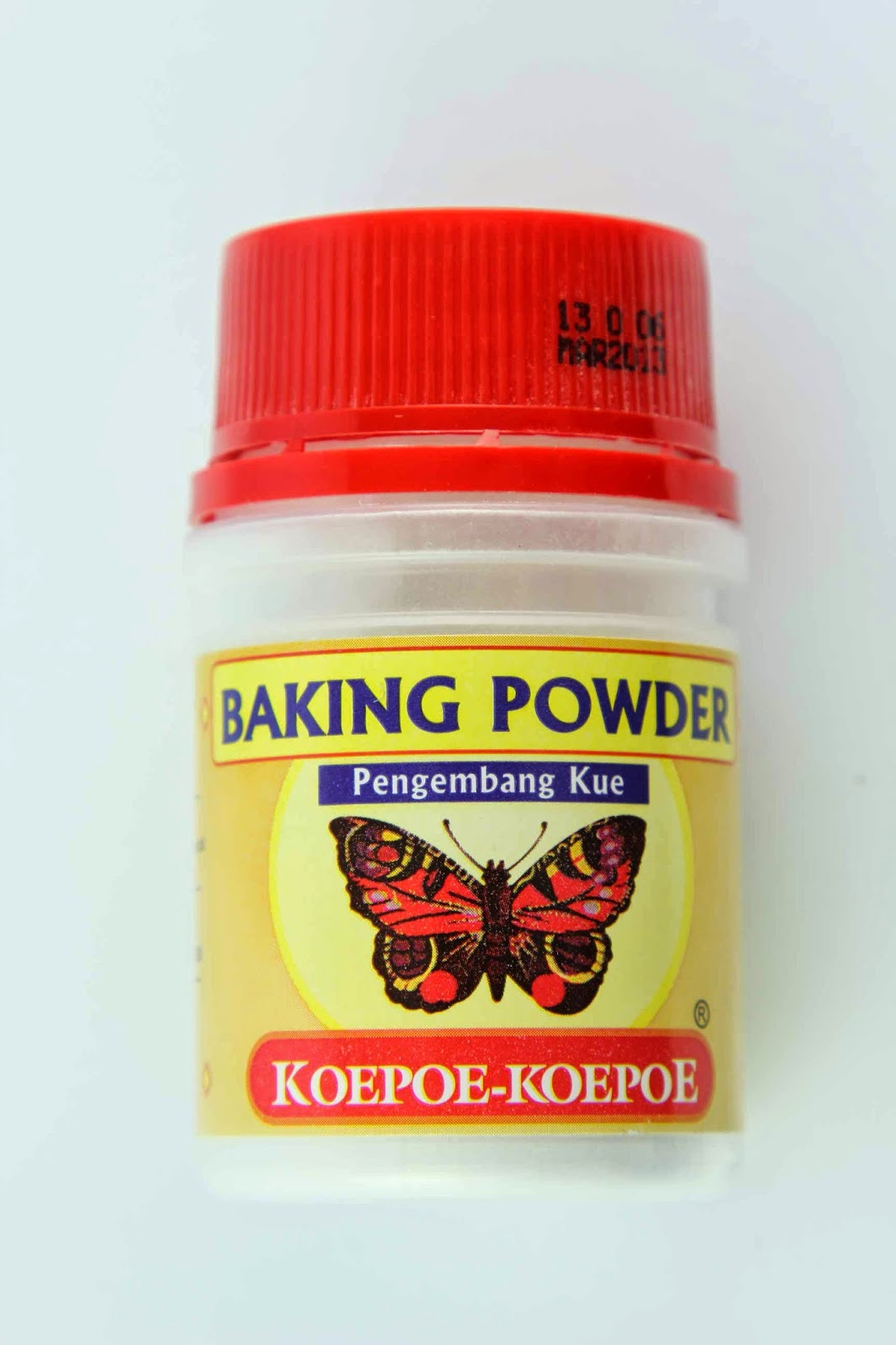
The Ultimate Guide to Understanding What Causes Low pH in Koi Pond
Introduction
Koi ponds are a great way to enhance the beauty of any landscape. They add a wonderful aquatic element that complements the surrounding flora and fauna. However, to maintain a healthy pond environment for these beautiful fish, it is essential to keep an eye on the pH level of the pond water. In this article, we’ll explore the reasons that cause low pH in Koi pond and ways to fix it.
What is pH?
To understand the issue of low pH in koi ponds, it is essential to understand what pH is. pH is a measure of how acidic or basic a substance is, on a scale of 0-14. A pH of 7 is neutral, while lower values indicate acidity, and higher values indicate alkalinity.
What Is the Ideal pH for Koi Fish?
The ideal pH range for Koi pond water is between 7.0 – 8.5. Lower or higher values can affect the fish’s health and slow their growth. Therefore, it is crucial to keep the pond water within this desirable range.

What Causes Low pH in Koi Pond?
Several reasons cause low pH in koi ponds. Here are the most common:
1. Chemical Imbalance in Pond Water
Pond water can have an imbalance in chemicals that can result in low pH levels. For instance, ammonia, nitrite, and nitrate are often the culprits. Also, if the alkalinity or the hardness of the water is low, the pH levels can drop significantly.
2. Acid Rain
Acid rain can be a problem, especially for people living near industrial areas or near busy highways. Acid rain usually has a pH of less than 7 and can cause a significant drop in the pH level of your koi pond water.
3. Overfeeding Koi Fish
Overfeeding Koi fish can increase the organic waste in the pond, which can lead to a decrease in pH levels. Therefore, it is essential to feed your fish the right amount of food and to clean the pond regularly.
How Can I Fix Low pH Levels in My Koi Pond?
There are several ways to fix low pH levels in Koi pond water:
1. Add Baking Soda
If the alkalinity of the pond water is low, you can add baking soda to neutralize the acidity. Follow the instructions on the package for the amount of baking soda to add, based on the size of your pond.
2. Add Aeration
Aeration is an excellent way to increase the oxygen levels in the pond and help neutralize any acid in the water. Installing an air pump or fountain can help to restore the pH level back to normal.
3. Use pH Increaser
If baking soda doesn’t work, you can use pH increaser products to raise the pH level back to the desired range. Be sure to read the instructions carefully and use the right amount based on your pond size.

By following these simple steps, you can correct the low pH level in your koi pond and create a healthy and thriving environment for your fish to live in.
Conclusion
Maintaining a healthy pH level in your Koi pond is essential to ensure that your fish thrive. With the right knowledge, you can identify and correct the root cause of low pH in your pond. The tips and techniques provided in this article will help you tackle this problem head-on and keep your koi pond healthy and beautiful for years to come.